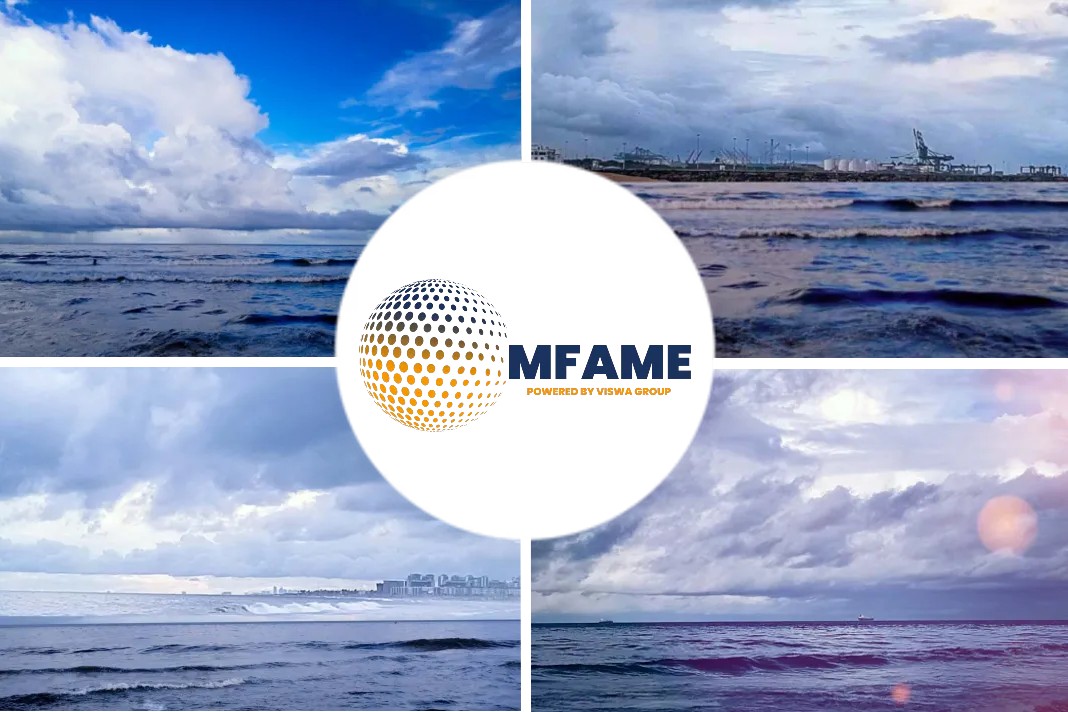
The passenger ferry MV Sea Change will soon make its maiden voyage across San Francisco Bay powered entirely by hydrogen. The project is part of the San Francisco Bay Area Water Emergency Transportation Authority’s mission to phase out diesel-powered ferries by 2035.
Powered By Hydrogen
MV Sea Change is the first commercial ferry to be powered by hydrogen, emitting only pure water. Similarly, Future Proof Shipping has launched a hydrogen-powered inland container ship in the Netherlands and Belgium, cutting 2,000 tonnes of CO2 emissions annually. Shipping accounts for nearly 3% of global greenhouse gas emissions and also contributes to air and water pollution and disrupts marine wildlife. To address these issues, the maritime sector is exploring cleaner shipping options. Some commercial cargo ships already use wind power, although this represents a small proportion of the industry. Other ships have adopted air lubrication to reduce friction and lower fuel consumption. Hydrogen is considered a promising alternative fuel for decarbonising shipping due to its lightweight nature and long-range capabilities.
Transitioning To Cleaner Fuels
Furthermore, nearly half of the voyages along the longest shipping corridor between China and the US could be powered by hydrogen, while the rest could be hydrogen-fuelled with minor adaptations. However, the production and storage of hydrogen remain challenges due to energy intensity and high-pressure and low-temperature requirements. Electrification is also gaining traction for shorter distances, especially as battery technology advances. In Europe, electric ferries could easily replace the 696 operating in open sea waters. Norway is making significant progress in decarbonising its ferry fleet, with all ships visiting the Norwegian fjords required to be zero-emission from 2026 onwards. Other cruise companies are investing in battery and hydrogen technology. Transitioning to cleaner shipping methods requires investment in charging infrastructure and responsible sourcing of raw materials for batteries. European legislation is promoting due diligence in the supply chain to ensure sustainable mining practices.
Did you subscribe to our daily newsletter?
It’s Free! Click here to Subscribe!
Source: Energyportal

















